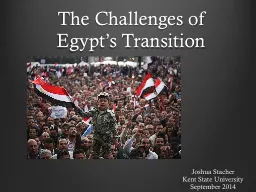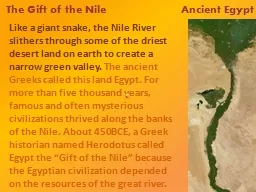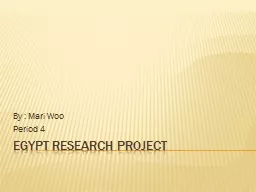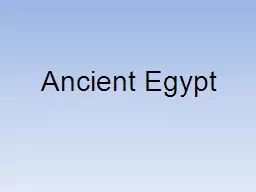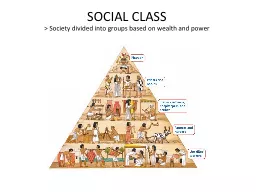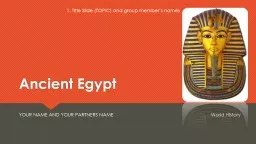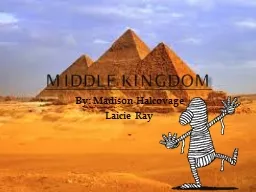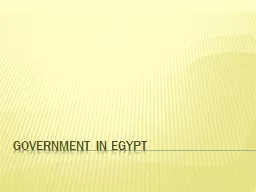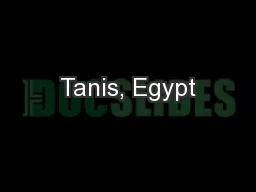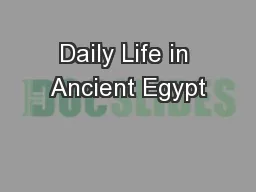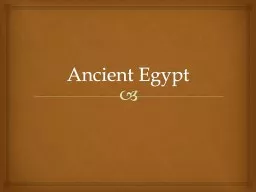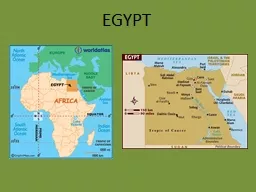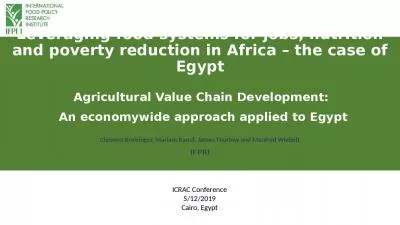PPT-The Challenges of Egypt’s Transition
Author : alida-meadow | Published Date : 2016-07-03
Joshua Stacher Kent State University September 2014 SCAFs Transition February 2011July 2012 Electionization The Unreformed State State Violence SCAFs Transition
Presentation Embed Code
Download Presentation
Download Presentation The PPT/PDF document "The Challenges of Egypt’s Transition" is the property of its rightful owner. Permission is granted to download and print the materials on this website for personal, non-commercial use only, and to display it on your personal computer provided you do not modify the materials and that you retain all copyright notices contained in the materials. By downloading content from our website, you accept the terms of this agreement.
The Challenges of Egypt’s Transition: Transcript
Download Rules Of Document
"The Challenges of Egypt’s Transition"The content belongs to its owner. You may download and print it for personal use, without modification, and keep all copyright notices. By downloading, you agree to these terms.
Related Documents

